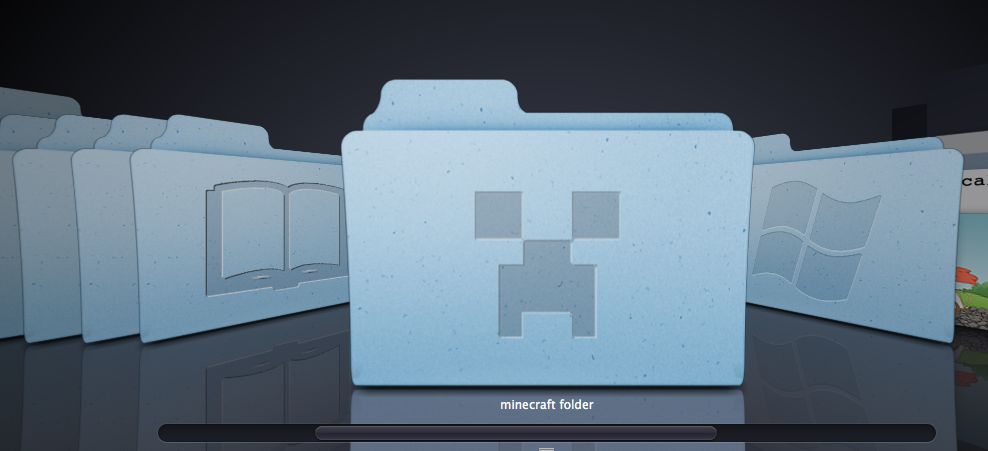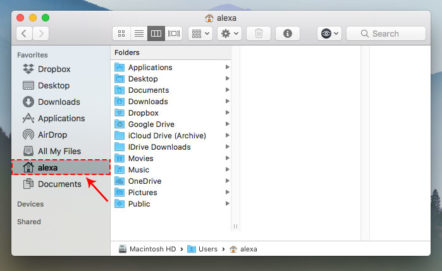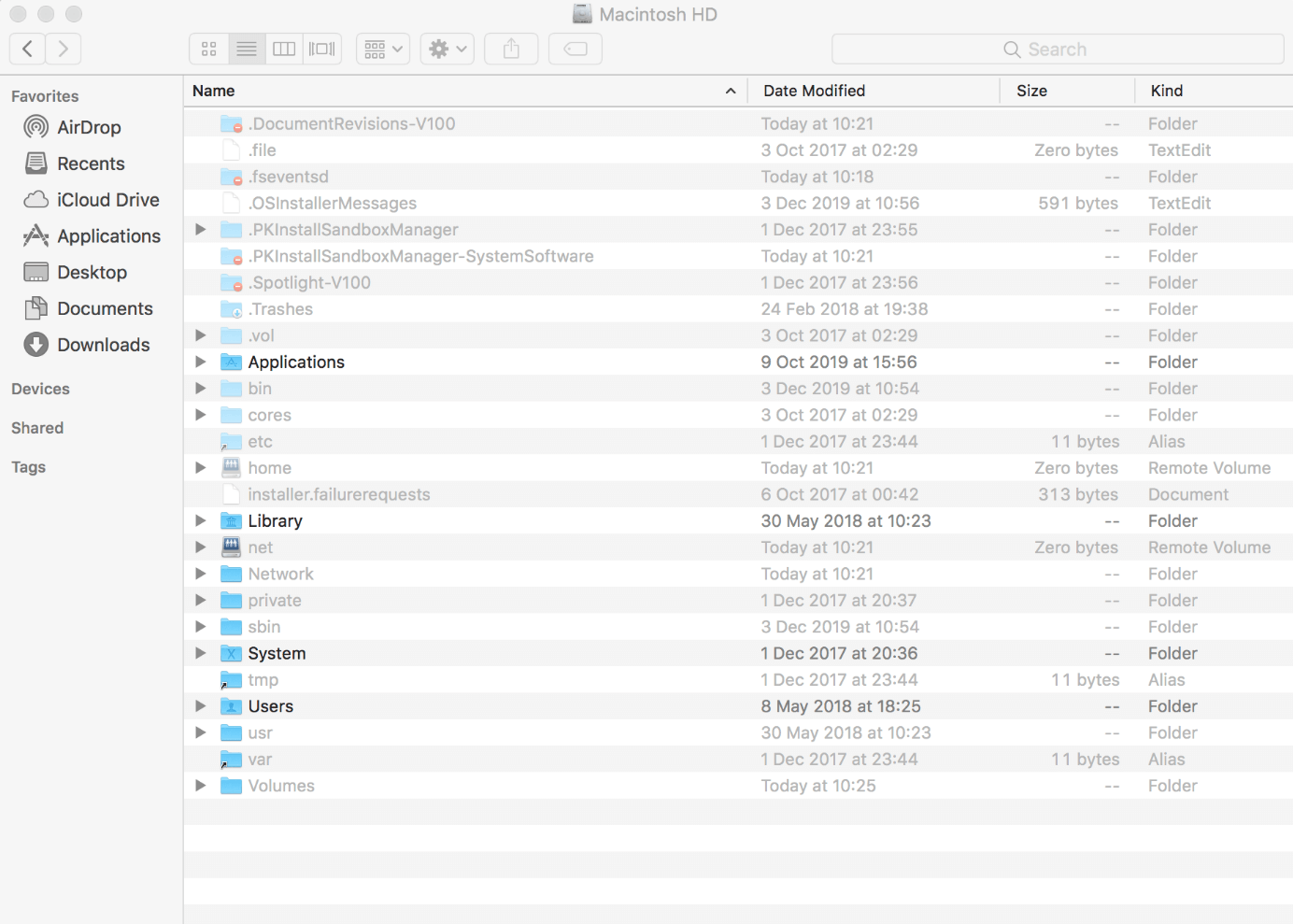
#Mac hide folders mac
Step 4.To enable hidden files on Mac again, type the following command and press enter: AppleShowAllFiles false Step 3.To restart Finder and apply the command, type the following again and press enter: killall Finder Step 2.Type the following command and press enter: AppleShowAllFiles true Step 1.Open the Terminal app by opening Finder and navigating to the Applications folder > Utilities > Terminal. If you want to permanently show hidden folders on Mac in any location, you can use a Terminal command that affects the whole file system. Hold the Option button on your keyboard to reveal the Library folder in the Go dropdown menu. You can also go straight to the Library folder by opening Finder and clicking “Go” on the apple menu bar. You should find the Library folder in your Home folder. Step 3.On the window that appears, check the box beside the “Show Library Folder” option. Step 2.Once in the Home folder, on the Apple menu bar, click View > Show View Options. For example, the Application Support folder is where custom MIDI mappings have to be stored for DAWs to be able to use them. Sometimes, however, there are good reasons to access them – such as when you need to modify apps with custom settings. It contains files that handle application settings, user settings, and more. The Library folder nested in your Home folder is typically hidden by default. But you should be able to access them now. ) – that’s (CMD + Shift + Period).įiles that were marked to be hidden will appear in a slightly lighter shade as regular folders, and the text beneath will appear greyed out. If you want to display hidden files in a specific folder on your Mac, navigate to that folder and press (CMD + Shift +. The first method is a keyboard shortcut to show hidden files on Mac.

While users by default are not able to view hidden files on Mac, it has a couple of built-in functions that let you reveal those hidden files in Finder. Close the system preferences window, and then do a search in Spotlight to make sure that your secret files do not show up in the results.A good rule of thumb is to backup your data before engaging with hidden files and folders. Come back to the previous window, and confirm that the newly added folder is there.Ħ.

If you have files that do not belong to any folders, you have to create a new folder and put your files in it first.ĥ. In the pop-up finder window, navigate to the folder that you want to hide, highlight it, and click Choose. Initially, there are no hidden folders, so the box is empty.Ĥ. The box is there to list all the folders that you want to be excluded from the Spotlight search.
#Mac hide folders plus
Select the Privacy tab, and click the plus button below the empty box. The Spotlight window will be divided into two tabs: and Privacy. In the System Preferences window, select the Spotlight option in the first row.ģ. Move your mouse to the top left of the screen, click the Apple logo, and select the System Preferences option in the context menu.Ģ. If you want to try out OS X El Capitan, head to this page, and follow the instructions.ġ.

#Mac hide folders how to
Here is how to do it.Įven though this tutorial is written for OS X El Capitan, it should work on OS X Yosemite as well.Īt the time of this writing, OS X El Capitan is still in beta, so the steps might look a bit different in the public release of the OS. Luckily, it is possible to configure Spotlight to exclude specific files from the search result. While this is a convenient feature since you do not have to remember the exact location of your files, your secret files may be exposed. By default, Spotlight indexes most of your files, and they can be accessed by entering search terms.


 0 kommentar(er)
0 kommentar(er)
